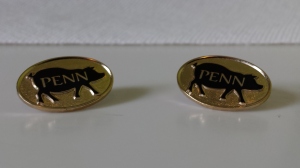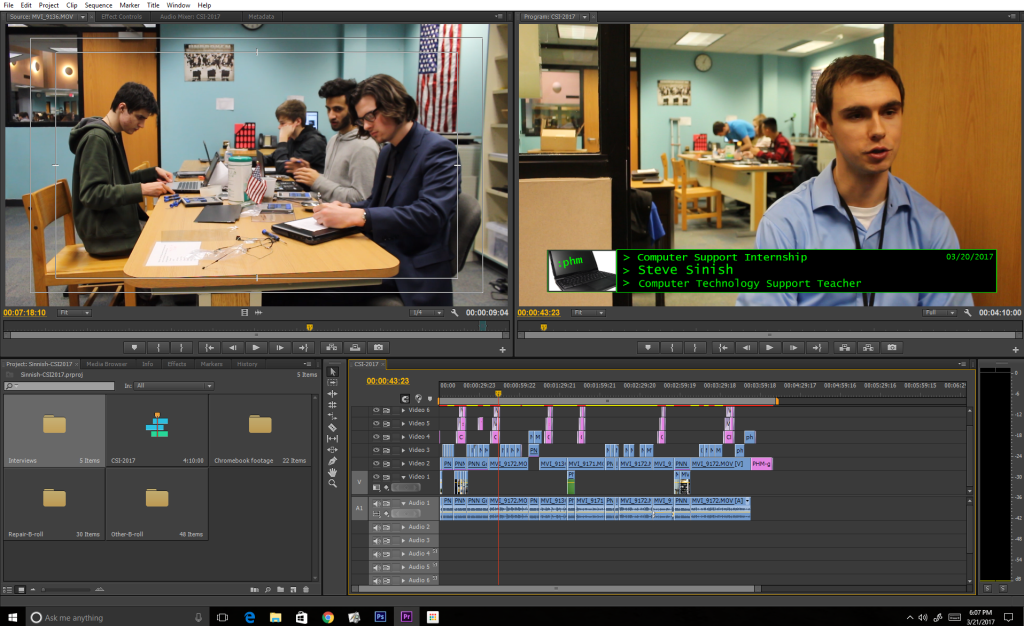As a mass media teacher, I don’t always get to tell stories because I spend more time teaching about how to make them. When my principal recently asked me to make a film to show our school board, I saw an opportunity to tell a story, model the work, and collaborate with students.

Telling someone’s story is one of the most rewarding aspects of reporting for the Penn News Network. Doing it with an energetic and motivated group of students only sweetens the deal. On the CSI story, I got to collaborate with some PNN students, and that made the project a whole lot more fun (see captions in the photo gallery).
PNN stories take on a variety of forms. Before they become anything, they are a script in two-column form. Briefs get the story to our website and audience fast (a Tweet even faster). Web stories add more voice on the subject. Photo galleries offer a look at what’s going on. Then, voice-overs and news packages offer visuals and sounds to tell our more complete stories. When we combine those forms, we have what we call a multimedia story.
We used to call them the whole enchilada because they included everything: video, audio, the written story, photo galleries, and maybe a sidebar.
In the CSI story, we got all that and we added an infographic too. Amara created the the image in order to capture the quantity of computers the CSI team fixes each day. I am still working on teaching the infographic, but after attending a session on it at the FETC conference this year, I have begun encouraging my students to practice using images to tell data stories.

For me, the heart of the story comes in the interview. Those interviews put the meat on the bones of the script. Maybe that is stating the obvious, but there is certainly no understating the importance of the interview.
In the Radio & TV classes, students work hard to master the process and make that human connection. Without it, a news story can only go so far. One aspect of our work remains true; it is always changing.
In Closing
All in all, this project took me about eighteen hours to complete. It screened at the PHM School Board Meeting, and I received many emails and comments the following day. My site leader was also very pleased with the product, and it earned the rare “two-pig” acknowledgement. It is always a satisfying feeling when the work you create is appreciated by your audience and those for whom it is produced.

I will soon post a how-to for showcase portfolios. Each of my students is assembling their portfolio, and building their reel. I begin that instruction with sharing my own portfolio and my films page.
For more information about this film or any element of this post, please use the Contact Form in the sidebar of this post to contact Kevin McNulty directly.






